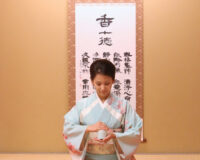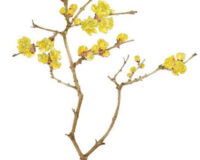
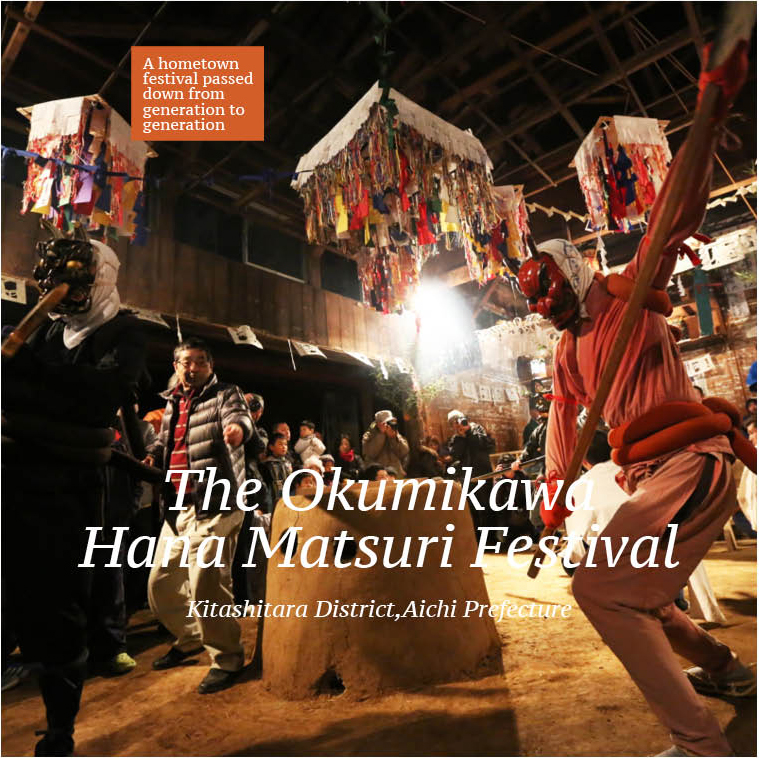
Up all night dancing with the gods in a tiny village.
The Hana Matsuri Festival, a Shintō performing art more than 700 years old, is now designated as an Important Intangible Folk Cultural Property. A ritual handed down from parent to child, to grandchild, banishing evil spirits and praying for good health. The ritual dance performances continue all day and all through the night, and all are welcome.
Photos : 岩田えり Eri Iwata / Text : 水本明子 Akiko Mizumoto / English Version : Judy Evans
Keyword : Mikawa / Intangible Folk Cultural Property / Festivals / Buddhism / Japanese performing arts / Shintō / Matsuri / Kagura
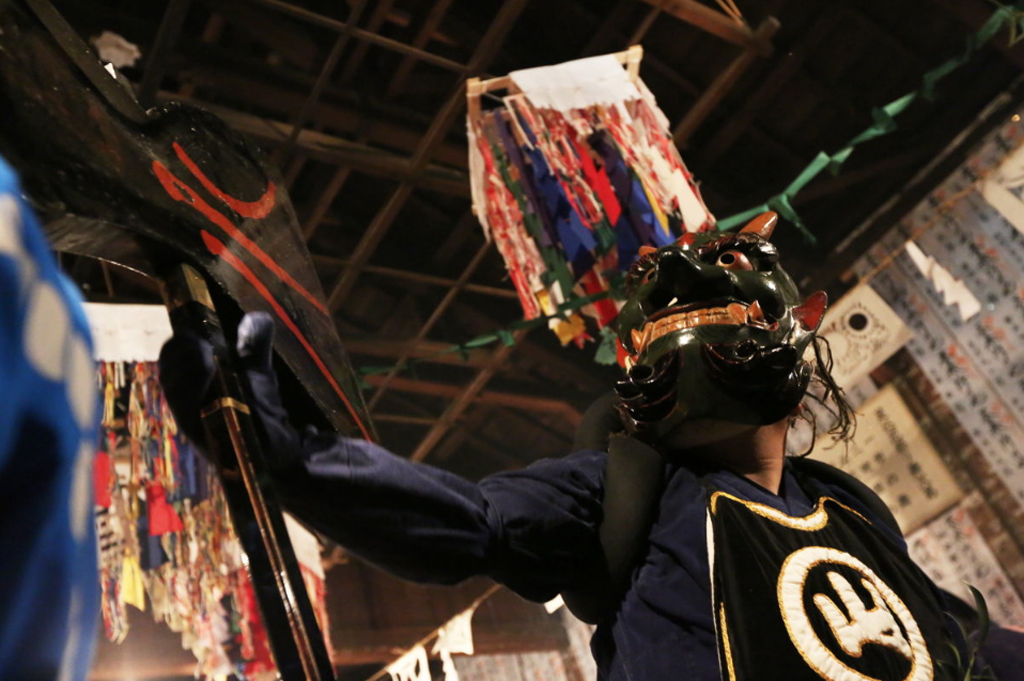
Welcoming the gods all through the night, people whirling and spirits swirling
Hana Matsuri Festivals, a kind of shimotsuki-kagura, have been held in north eastern Aichi Prefecture for over 700 years. Shimotsuki-kagura are Shintō ritual dance festivals held in winter, to invoke ancestral spirits and ward off evil at a time when the strength of the sun and the forces of nature are at their lowest ebb. The festivals takes place every year from early November until early March, in eleven different locations in the Kitashitara district.
The performers usher in a myriad of deities, give thanks for a year of good health and abundant harvest, and perform rituals of purification or rebirth. The spirits are welcomed and entertained with dances, before being returned to the heavens. The Hana Matsuri festival comprises over forty different rituals and dances performed through the day and night.

We visited the village of Ashikome, in Toei town. The hana-yado, where the festival takes place, has a delightful patina of age – it is a former tera-koya, or temple school, which was moved to this location over a century ago.
Yoshio Shibata, the hana-dayū (priest in charge of the festival), explains that while the festival follows more or less the same format in each area, some of the finer details are different. For instance, Ashikome is the only place that still conducts the Ama no Matsuri ritual according to the ancient rites. In addition, the oni (demon) masks vary from village to village and there are also variations in the music, dance and decorations. These differences depend on the extent to which aspects of Buddhism have been incorporated into this Shintō ritual.
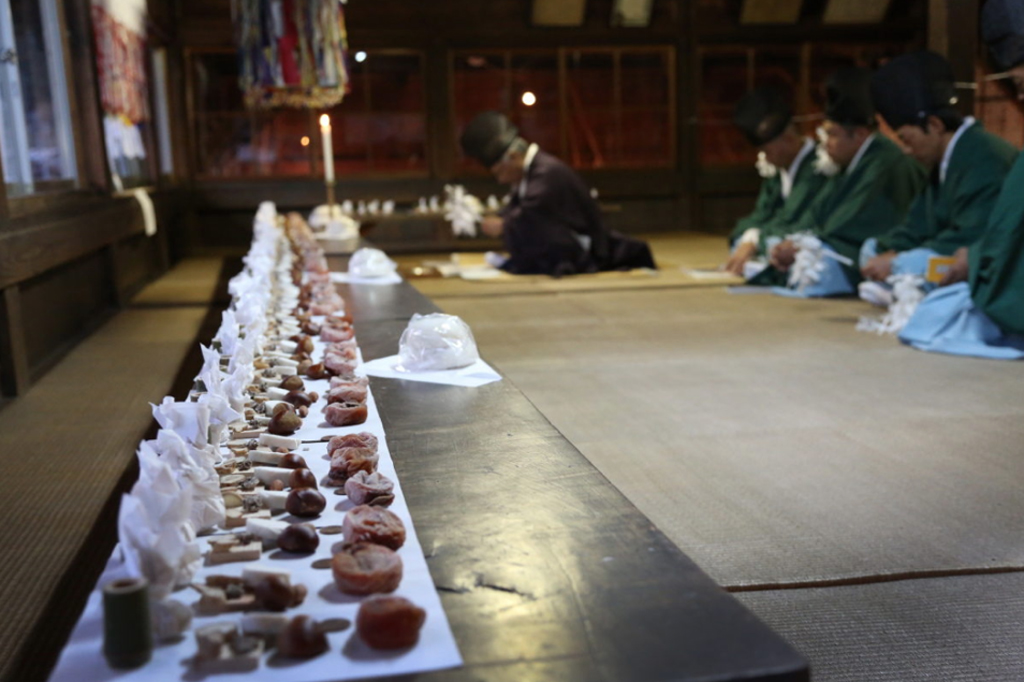
Mr Shibata has taken part in the Hana Matsuri every year since the age of four, and nineteen years ago, upon the sudden death of his predecessor, took on the responsibility of the pivotal hana-dayū role. He explains that the details of the rituals are passed on orally through the generations from master to pupil, but in his case, his master suddenly passed away without having the chance to teach him all he needed to know. All that was left was a booklet of rituals written in archaic Japanese. Never having recited a single prayer, Mr Shibata was at a loss.
“But I suddenly realised that if I didn’t do something, the Hana Matsuri might have to be abandoned.”
Realizing that his mission was now to leave a written record detailing the rituals and customs of the Hana Matsuri, there followed one challenge after another. He and his friends set about deciphering the ancient language, and even spent time at Mount Kōya, learning the mantras. He retraced his memories of what his seniors had told him of the ancient customs, and proceeded to write everything down.
Using a computer for the first time, Mr Shibata produced the “Hana Matsuri Handbook”. Completed in 2009, this text documents the approximately forty different rituals and performances that comprise the Hana Matsuri.
Mr Shibata acknowledges that a written record does not have the same resonance as oral history. However, he says that “with where the world is at right now, with a declining population and smaller numbers of young people, I believe we need to pass on this information in a way that works for these times”. Mr Shibata’s aims to leave a faithful record for future generations that will remain, even if the scale of the Hana Matsuri has to one day be reduced.
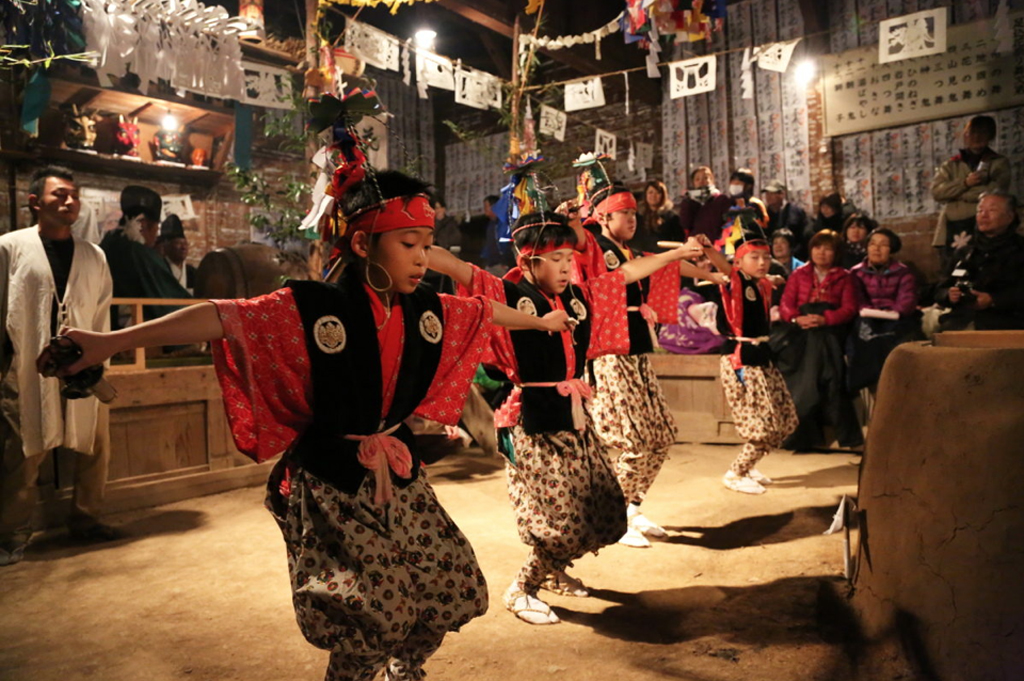
Talented performers keep spectators enthralled all through the night
After six in the evening, when the first dance, Ichi no Mai, starts, the audience begins to grow. Spectators spur the dancers on with cries of “teehohe, tehohe!”. The performers, audience, taiko drums, flutes and kagura accompaniment join together and the performance space takes on an air of increasing fervour.
By the time the Hana no Mai and the Yamami-oni no Mai dances are performed, the cheers from the audience have become even louder and people have begun to move spontaneously, many dancing in time to the rhythm. Most dances last about forty minutes, but the longest lasts up to ninety minutes, with the same dancers performing the whole time. The rhythm alternates between frantic and laid back, and watching the performers leaping at times and moving with postures bent over at other times, one cannot help but think how hard it must be. Nevertheless, all the dances are beautiful, and draw the audience in with their elegance, power and splendour. The performers give it their all, right up until the very end of each dance, when they are met with rousing applause and cheers of ‘Yō matta (well danced)!”. The sense of achievement the dancers feel shows in the grins on their faces.
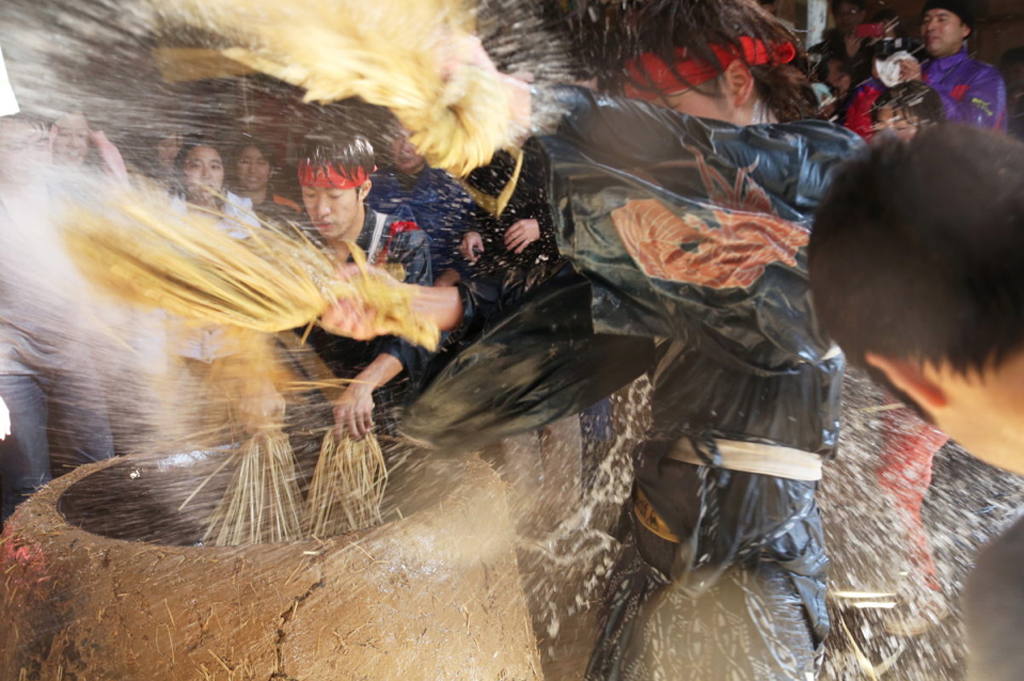
By eleven o’clock the next morning, the hana-yado fills with the most spectators it has seen in the two days of the festival. Everyone has come for the Yubayashi hot water purification ritual. This dance, a real highlight, is performed by four young men. The climax at the end of the sixty-minute performance is when the dancers splash hot water from the kama in every direction. Those who get splashed are set for another year of good health and protection from calamity, which is why the spectators gather close to the action.
At the end of the dancing, before performing the ritual to return the gods to the heavens, Mr Shibata gives a salutation: “We pray that the Hana Matsuri will take place next year, too”. Responding to this wish with smiles, contentment shines on the faces of those leaving the hana-yado. Mr Kōtarō Tanaka, chairman of the Ashikome Hana Matsuri Preservation Society, who until last year danced the role of miyōdo (court attendant), has the last word: “The Hana Matsuri is our purpose in life. Our mission is to pass the festival on to our grandchildren’s generation. And not just the dances, we also want to pass on proper knowledge of the Shintō rituals.”
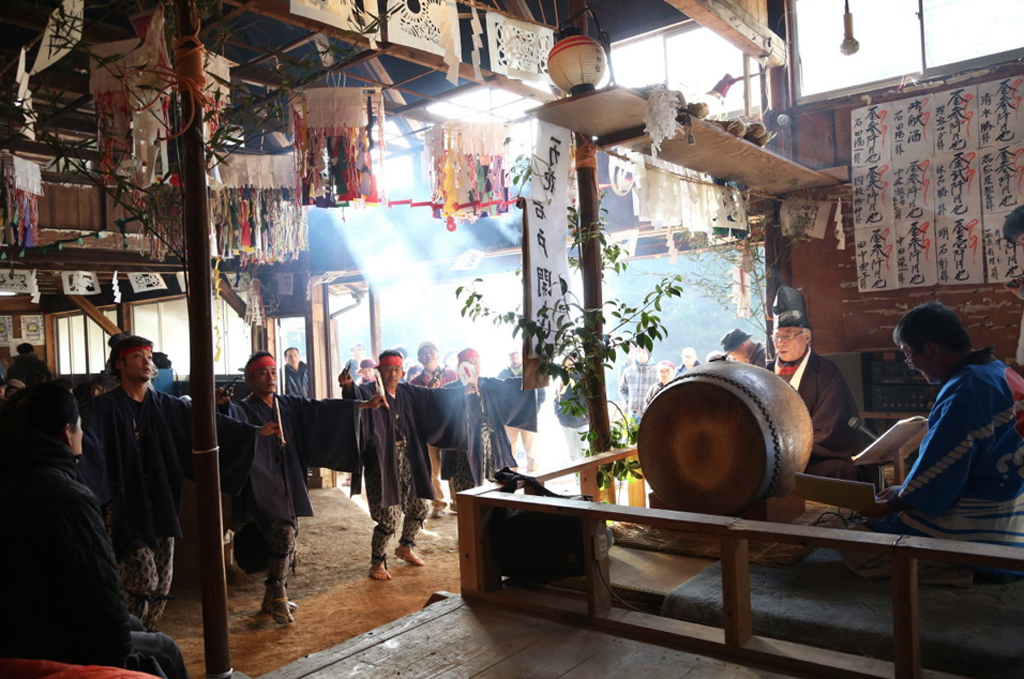
DETAILS
Hana Matsuri Festival
Festival Period: November – March, annually
Festival Location: 11 locations in Tōei Town, Kitashitara District, AichiPrefecture
TEL:052-954-6097 FAX:052-954-6906
Website
:http://www.pref.aichi.jp/global/en/sightseeing/culture/index.html




